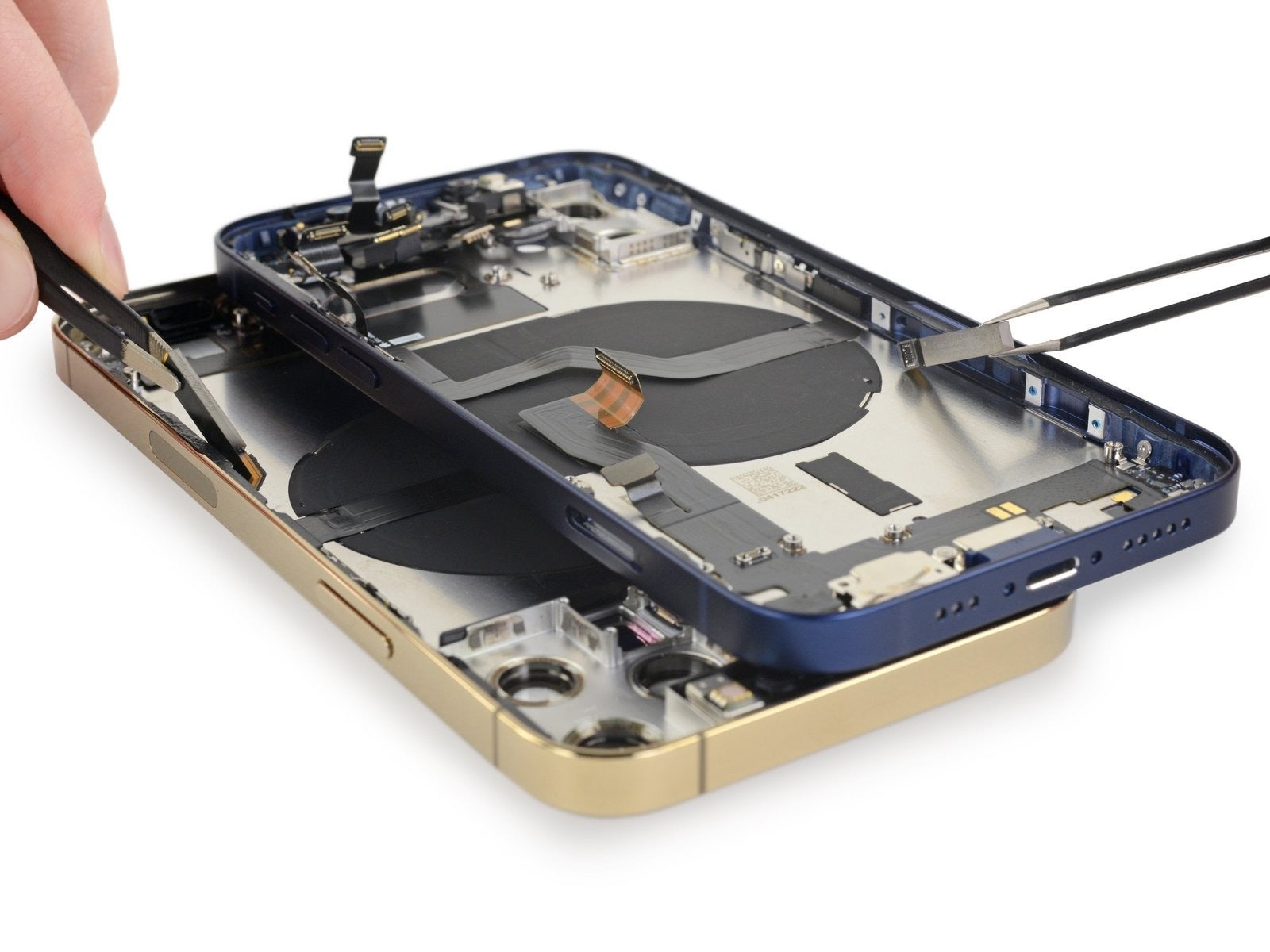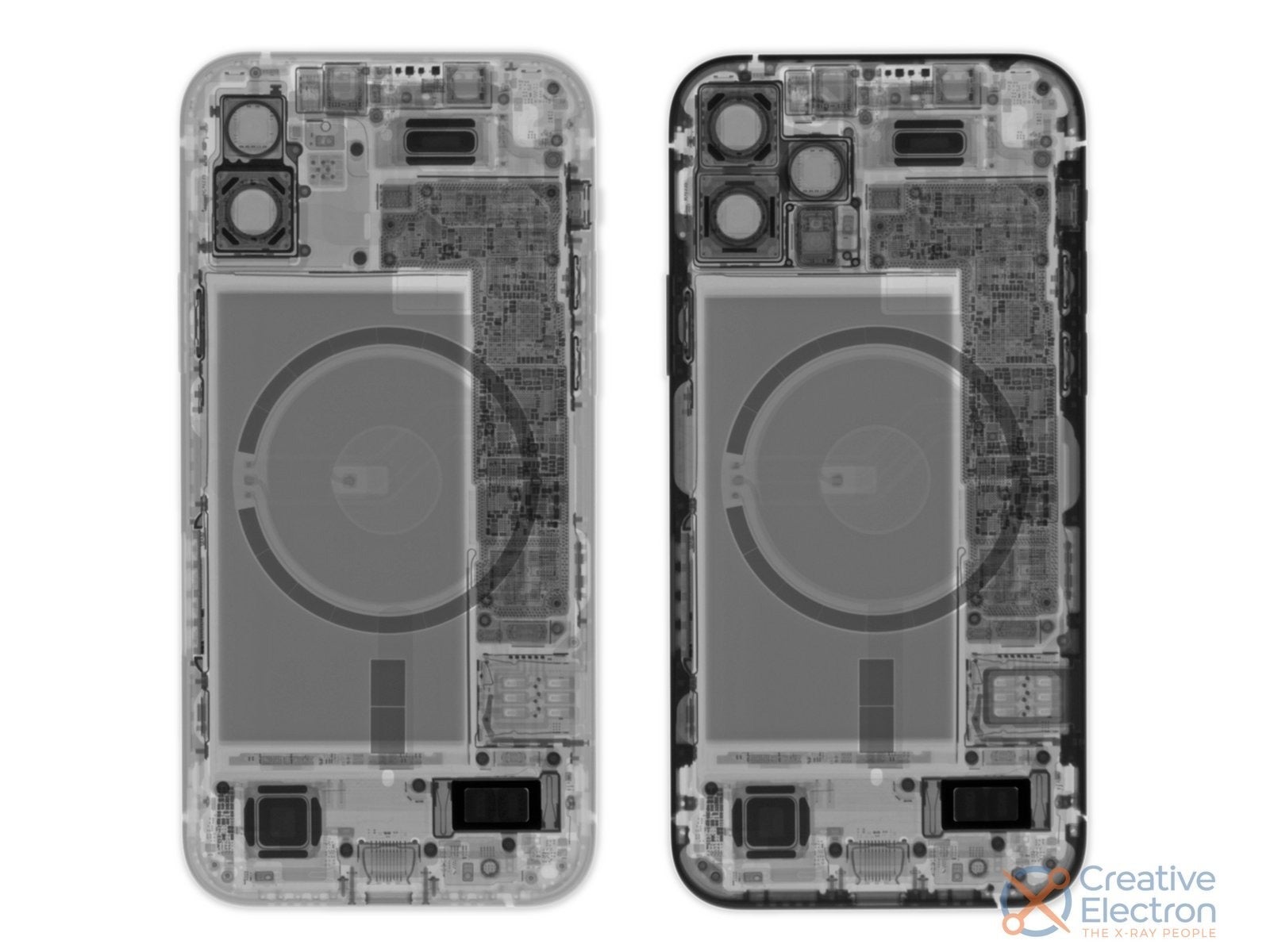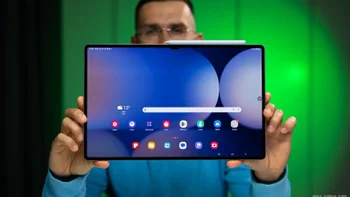See what 5G did to the iPhone 12 Pro besides a small battery

It’s the “rearranging the internals to accommodate 5G” for me: https://t.co/g3gXfElm3c pic.twitter.com/QKPff33Bx5
— iFixit (@iFixit) October 25, 2020
There are other takeaways about the iPhone 12 vs 12 Pro differences and new features from the teardown:
- You can swap the iPhone 12 and 12 Pro 6.1" OLED displays and 10.78Wh batteries.
- Stronger adhesive for record water-proofing depths of 20 feet (Apple is even making authorized repair centers use heat in their opening procedures now.)
- The mainboard is much larger now with the 5G modem, so the SIM card tray and battery are flipped on the other side.
- The speakers are waterproofed with gaskets for the first time, making the iPhone 12 easier to repair.
- Those little elliptical thingies on the side of the US iPhone 12 models are indeed the 5G mmWave antennas for the likes of Verizon.

Those tiny strips on the side of the US iPhone 12 models are the mmWave 5G antennas
As a wrap, the iFixit engineers give the iPhone 12 Pro and its cheaper sibling a 6/10 score for repairability, noting that, while there is stronger adhesive to attack during their opening, most components are modular and there is much less glue holding everything together inside now, but rather screws and gaskets. We'll leave you with the main material difference between the iPhone 12 and 12 Pro, the aluminum vs stainless steel frame, captured on x-ray.

The iPhone 12 (left) is built on aluminum, vs the 12 Pro's (right) steel frame
Follow us on Google News










Things that are NOT allowed:
To help keep our community safe and free from spam, we apply temporary limits to newly created accounts: